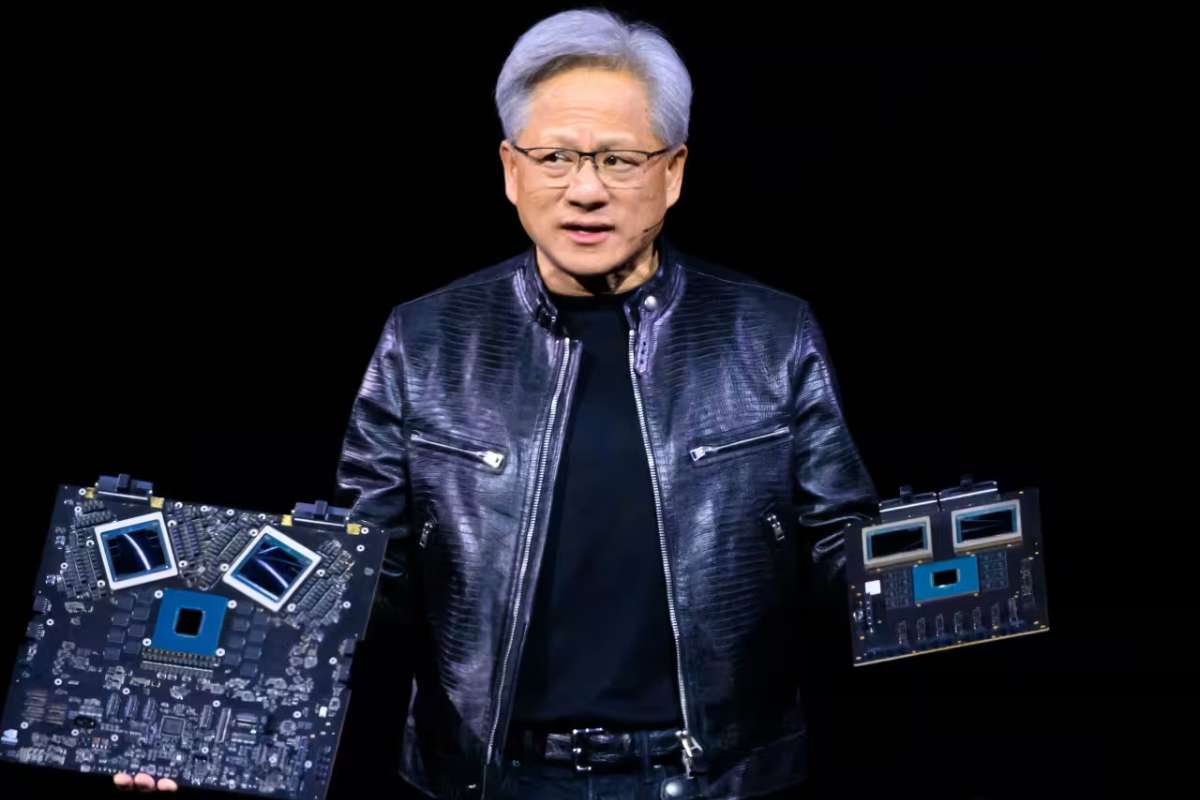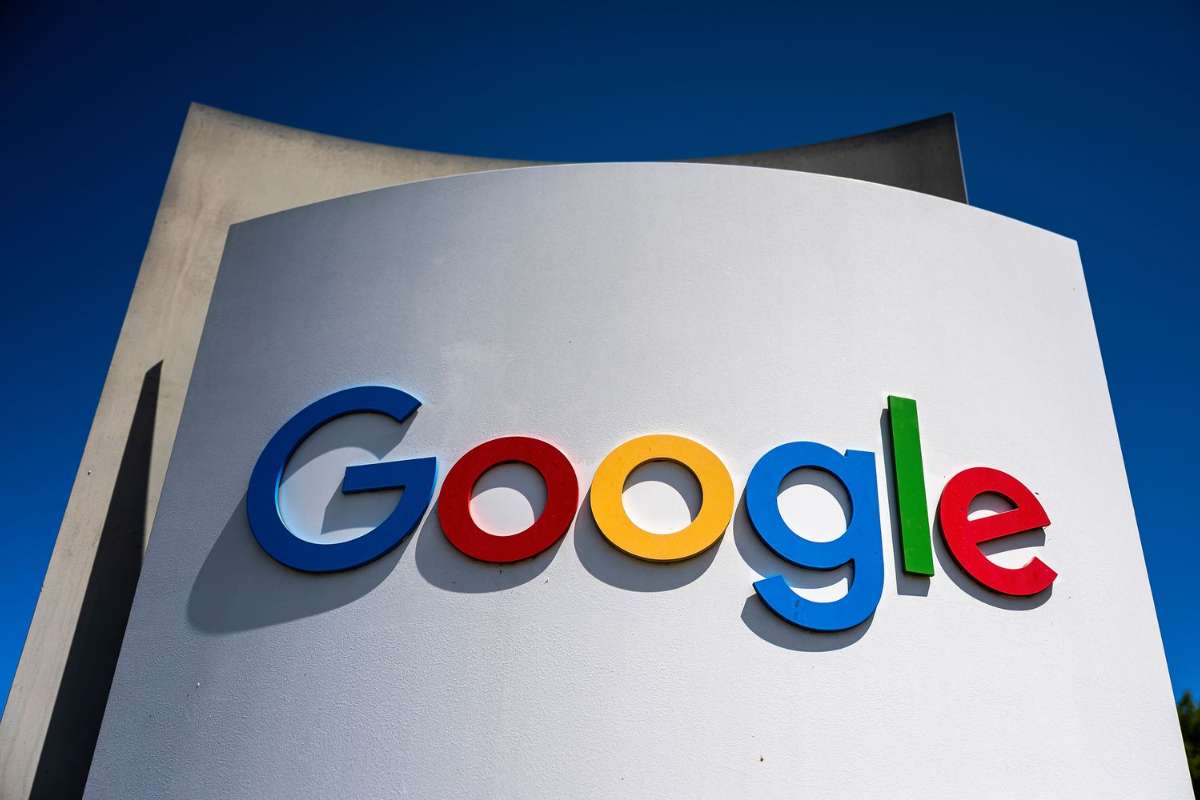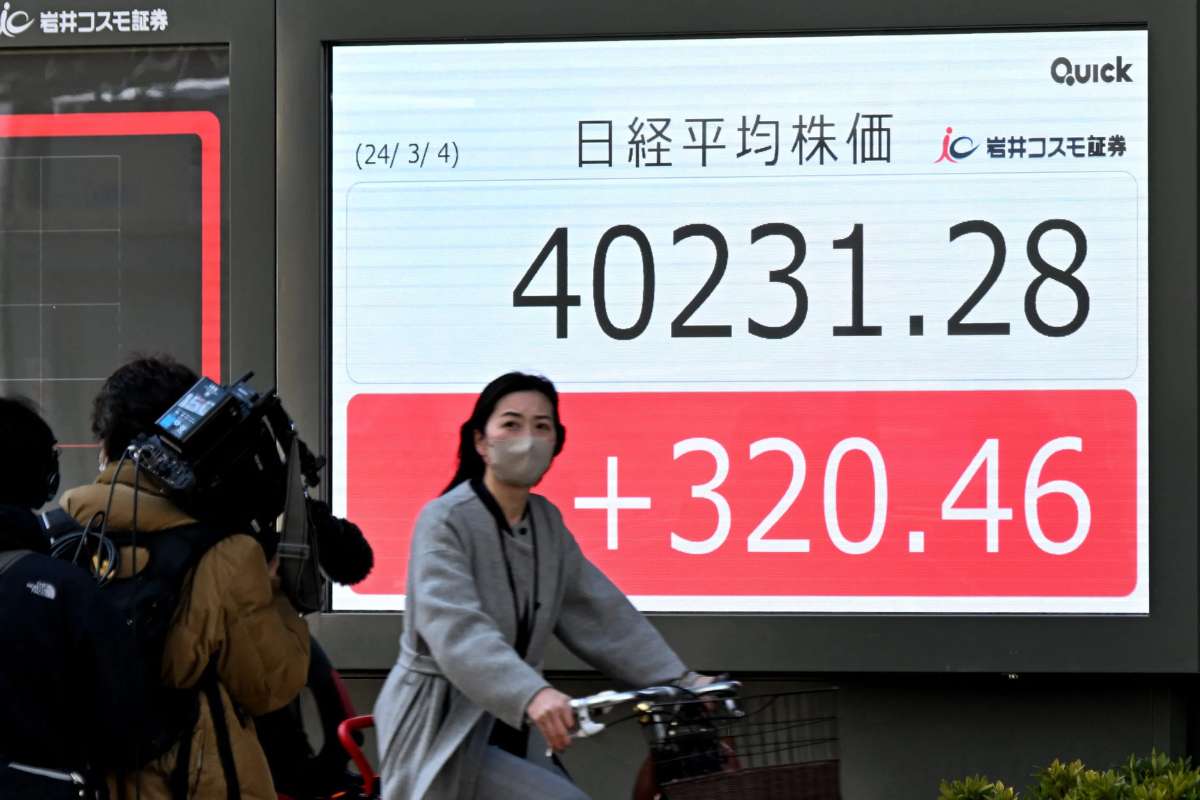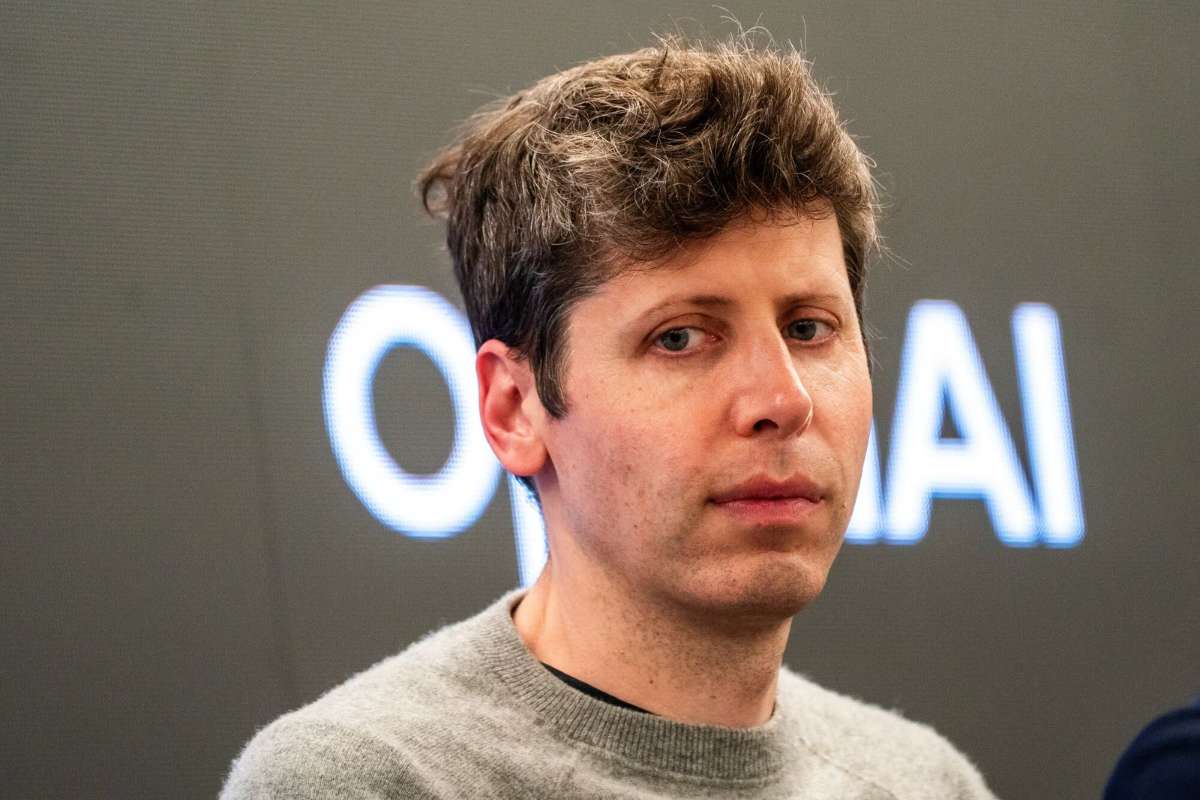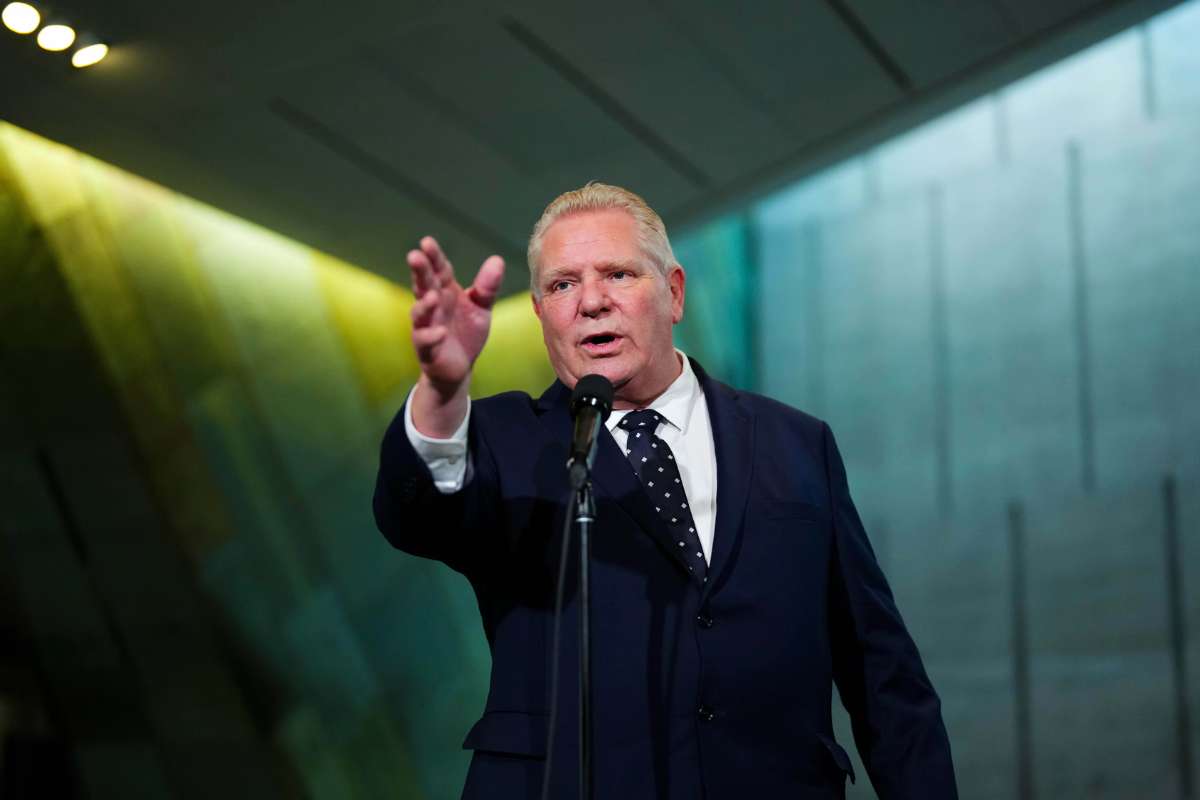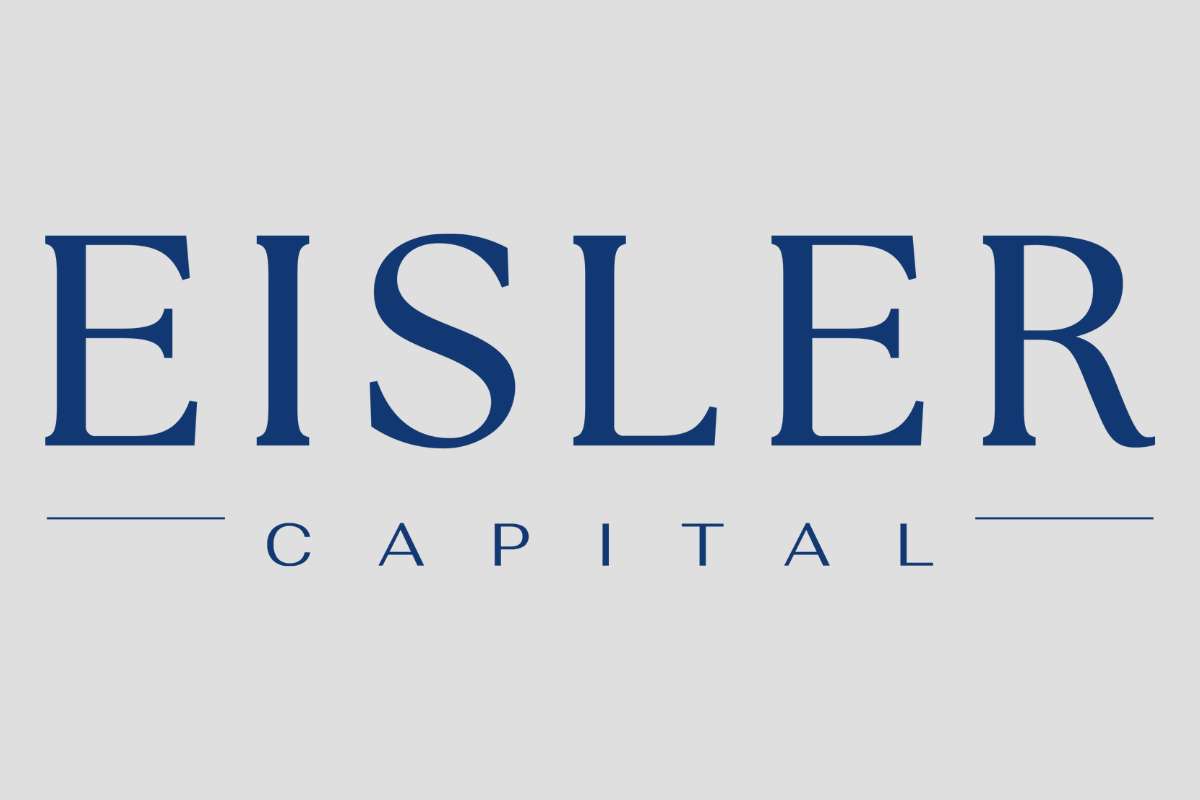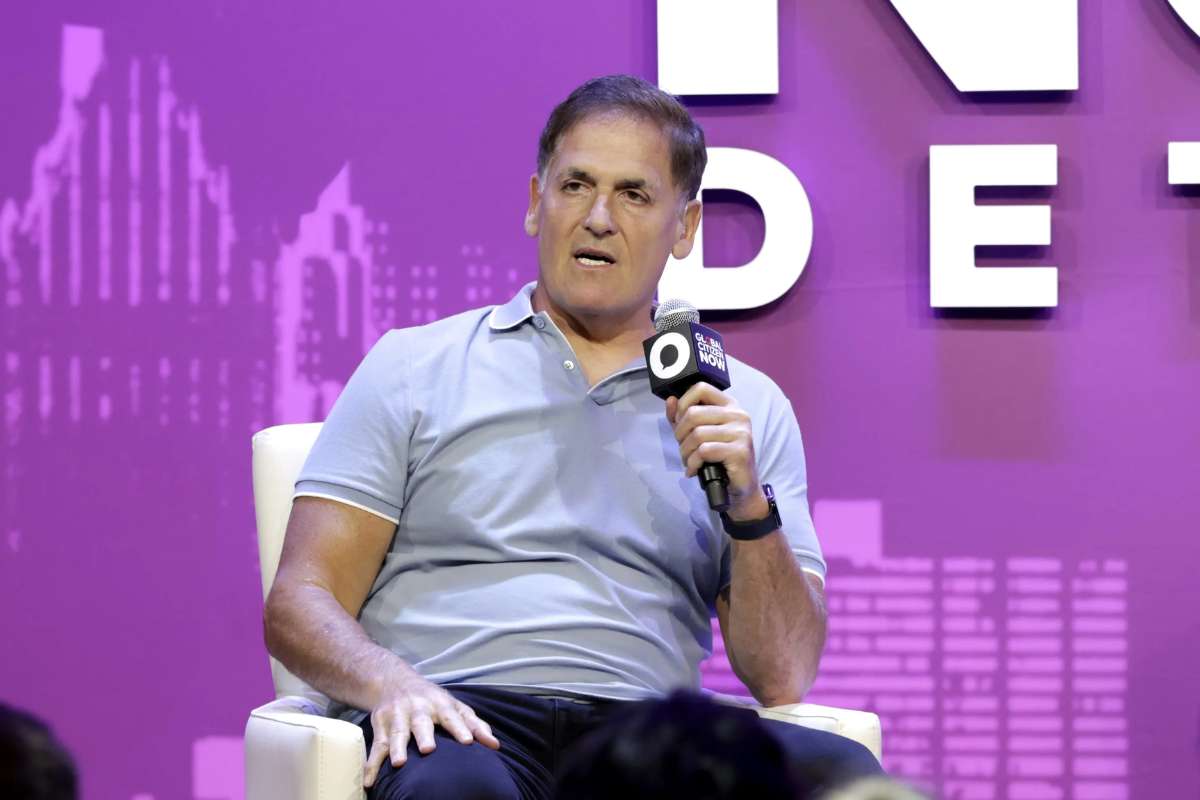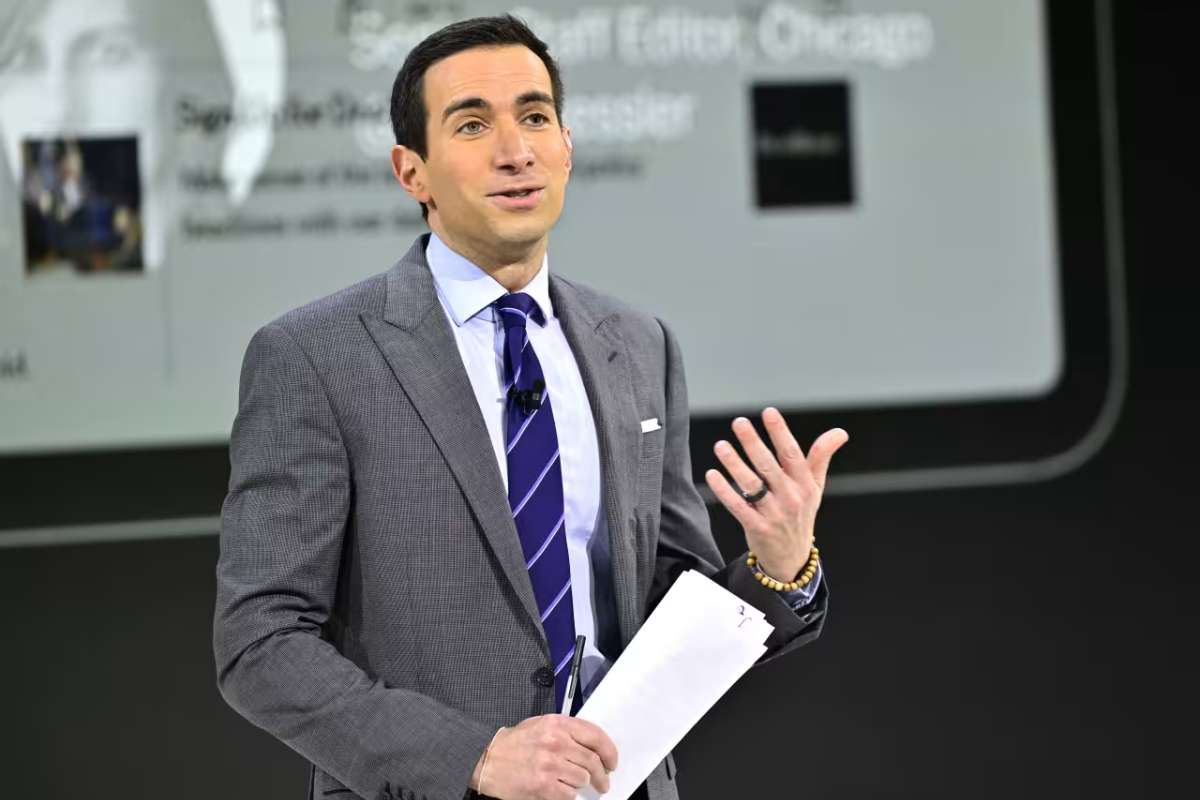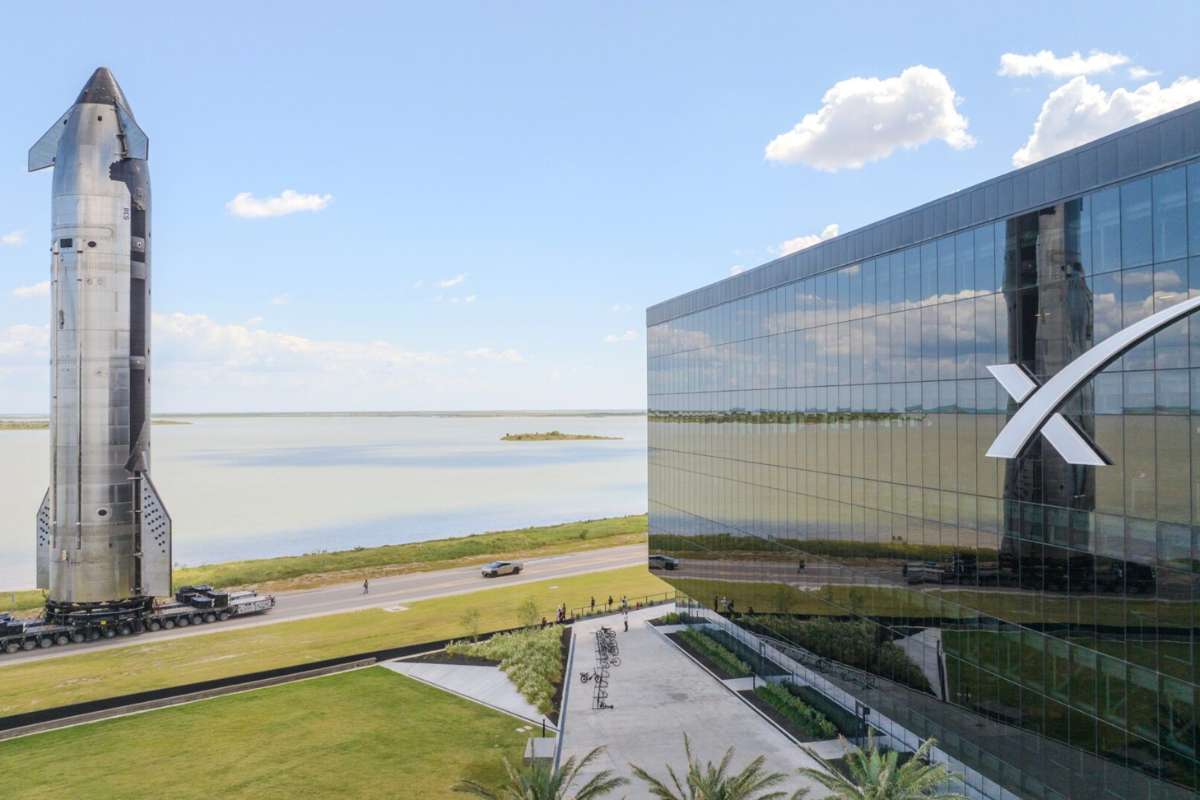Key Points:
- Jensen Huang introduced a new computing model-the first in 60 years-centered on Nvidia’s CUDA platform and accelerated AI infrastructure.
- Strategic partnerships were announced, including collaborations with Nokia for 6G development and the U.S. Department of Energy for AI supercomputers.
- Nvidia GTC 2025 featured over 1,000 sessions, highlighting breakthroughs in physical AI, agentic AI, and scientific computing, with 25,000 in-person and 300,000 virtual attendees.
At Nvidia GTC 2025 conference in Washington, D.C., CEO Jensen Huang made it clear that the future of artificial intelligence is not just technological, it’s geopolitical. In a decisive move away from Silicon Valley, Huang’s decision to host GTC in the U.S. capital symbolized a deeper alignment between Nvidia’s ambitions and America’s industrial agenda. Taking the stage before policymakers, researchers, and industry leaders, Huang spoke not only as a technologist but as a statesman shaping the direction of the global AI race.
Huang praised U.S. industrial policies for revitalizing domestic chip production and safeguarding innovation. He described this shift as “America’s return to making things that matter,” a sentiment that echoed throughout the event. His message blended corporate leadership with national purpose, highlighting how AI innovation could serve both economic competitiveness and strategic resilience in a rapidly transforming world.
A Leader Redefining the AI Frontier
At Nvidia GTC 2025, Huang used his keynote to unveil a sweeping vision for the next era of Nvidia’s growth. Central to this was the announcement of seven next-generation AI supercomputers developed in collaboration with the U.S. Department of Energy and Oracle. These systems, equipped with Nvidia’s cutting-edge Blackwell GPUs, are designed to accelerate breakthroughs in clean energy, scientific research, and national security. Huang described them as “AI factories of the future,” where machines will learn, simulate, and invent at scales once unimaginable.
He also outlined Nvidia’s broader expansion into telecommunications and mobility. Partnering with Nokia, Nvidia will power AI-native 6G infrastructure, and in collaboration with Uber, it will deploy self-driving platforms using its DRIVE AGX Hyperion technology. Huang emphasized that Nvidia is no longer just a chipmaker; it’s building the “digital nervous system” for modern industry. His presentation reinforced Nvidia’s evolution from a GPU company into a global computing ecosystem, integrating AI, robotics, networking, and virtual simulation.
On the manufacturing side, Huang reaffirmed Nvidia’s commitment to U.S.-based production, including advanced chip packaging and server assembly in Texas and Arizona. He called it a “renaissance in American engineering,” positioning Nvidia at the heart of a new wave of technological self-reliance.
Balancing Innovation and Global Diplomacy
Even as he celebrated U.S. leadership in AI, Huang addressed one of the most delicate challenges facing Nvidia: its constrained access to the Chinese market. He acknowledged that losing China, a market estimated at $50 billion for Nvidia, would be “a tremendous loss.” Yet, his tone was measured, calling for balance between competition and cooperation. “AI will thrive when nations compete, but progress demands that we also collaborate,” he noted.
Huang’s remarks reflected a CEO deeply aware that the AI revolution is as much about policy as it is about code. By blending technological breakthroughs with diplomatic foresight, he positioned Nvidia as both an innovator and an influencer in global AI governance.
In Washington, Nvidia GTC 2025 wasn’t just about launching new machines; he defined a new narrative. Nvidia GTC 2025 wasn’t merely a conference; it was a declaration of leadership, strategy, and vision from a man steering one of the world’s most influential tech companies at the intersection of power, innovation, and politics.
Sources:

